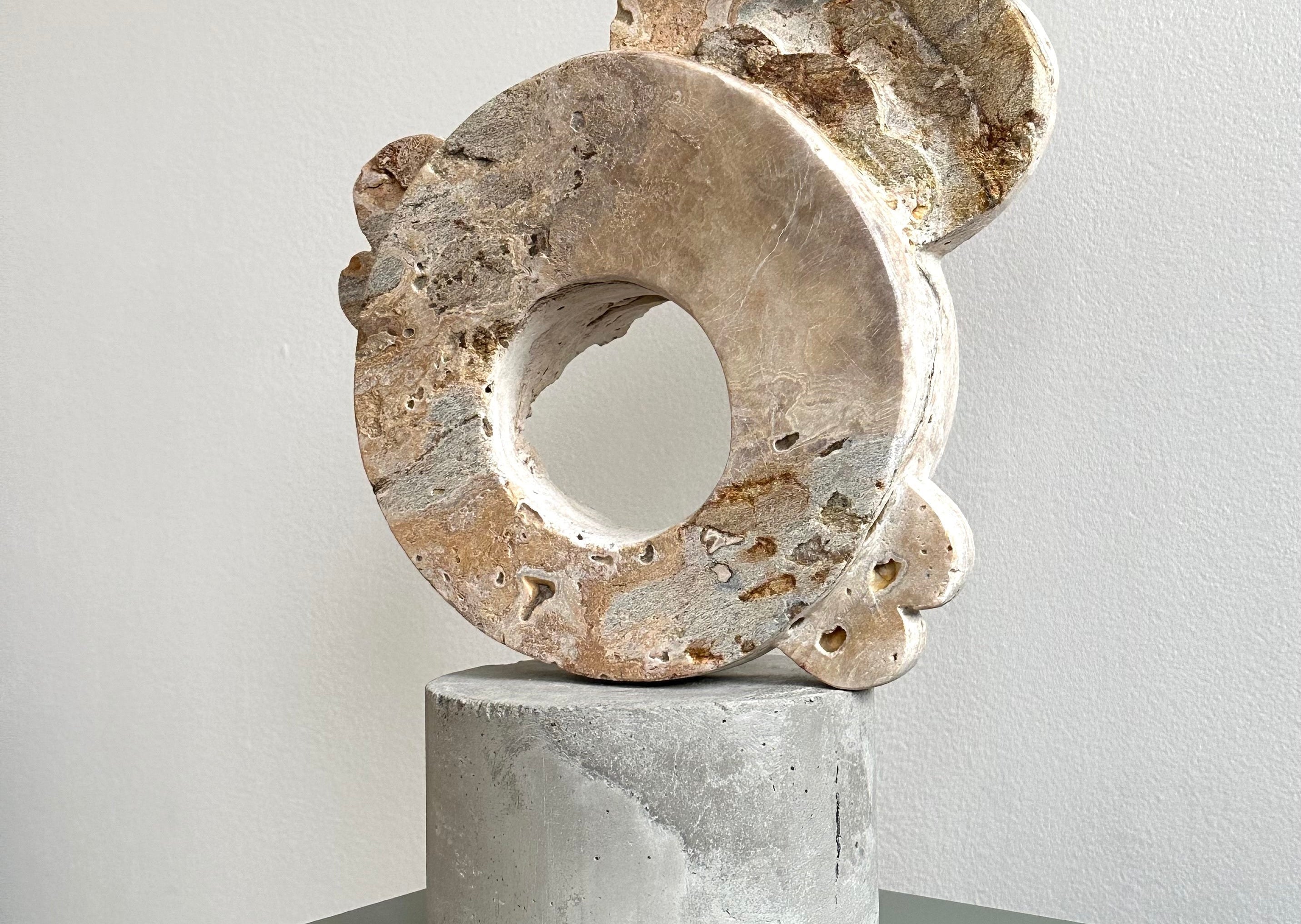
The Role of Sculptures in Contemporary Interiors
Sculptures have always carried a certain quiet power. Unlike paintings, which draw us in through the surface of a wall, a sculpture lives with us in the room. It takes up space, catches the light differently at every hour of the day, and invites us to move around it, to see it from more than one perspective. In that way, it becomes less of a decorative object and more of a companion to our everyday life.
In contemporary interiors, sculptures often act as subtle storytellers. A piece in stone can ground a space with a sense of permanence, while a fragile glass form can add delicacy and lightness. Abstract works may speak of movement and freedom, while figurative ones remind us of human presence, memory, or tradition. What they all have in common is the ability to create emotion that lingers in the room long after the first glance.
Sculptures also change the rhythm of a space. They can interrupt the flatness of walls, soften the edges of furniture, or bring balance to a room that feels too rigid. Sometimes, even a small object on a table can transform the atmosphere, making the space feel more intimate, more alive.
Perhaps the most beautiful aspect of sculpture in interior design is the way it resists speed. In a world that often rushes forward, sculptures ask us to pause. To walk around them slowly, to notice how a shadow falls, how a surface feels, how a curve opens into space. They invite us to pay attention, and in doing so, they reconnect us with our surroundings.
Choosing to live or work alongside a sculpture is not only about style. It is about creating a relationship with art that is physical, emotional, and present every day. A sculpture doesn’t just decorate a room, it becomes part of its soul.
Sculpture: Marko Vuckovic